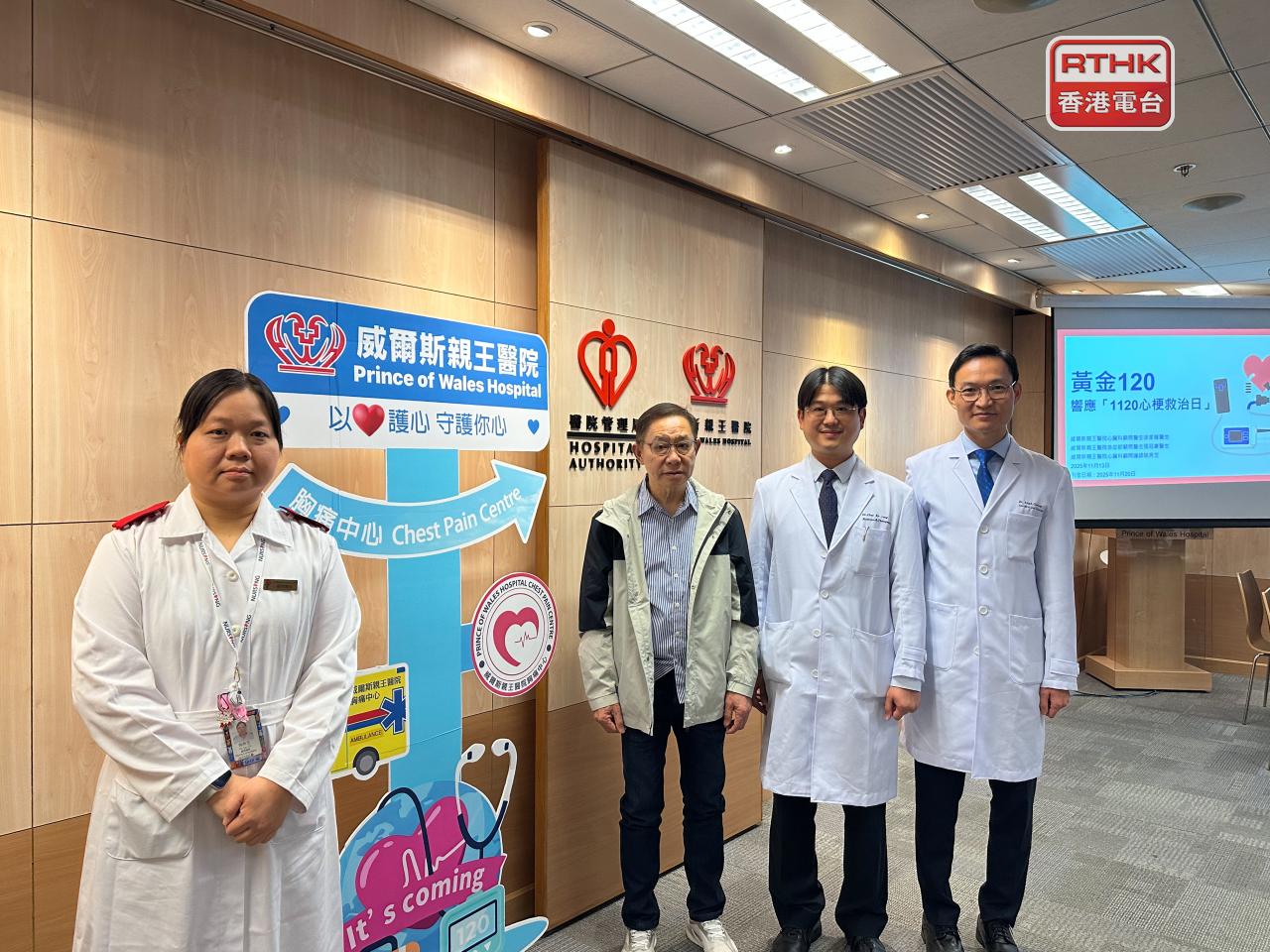Prince of Wales Hospital is preparing to launch its new chest pain centre by January 2026 to accelerate diagnosis and treatment for heart attack patients.
Cardiologist Chui Ka-lung said the centre had been developed through extensive learning from the experience garnered at the first such facility at Queen Mary Hospital.
Chui said the new centre aims to reduce critical treatment delays through advanced technology and streamlined workflows.
Most of the software at the centre is up and running, but some of the hardware has yet to be upgraded and that process is expected to be completed by next month.
Enhancements expected to be launched include upgrades to the accident and emergency department registration process, rapid cardiac troponin tests that can diagnose a heart attack within 10 minutes and a paperless system that instantly upload diagnoses to an encrypted platform.
These upgrades allows paramedics, emergency doctors and cardiologists to communicate instantly, thereby shortening decision-making time for urgent angioplasty treatments and the "door-to-balloon" time – that is, how long it takes to have patients undergoing balloon angioplasty surgery from when they first step through the entrance at a hospital.
"At present, the average door-to-balloon time is around 80 to 90 minutes. We hope to shorten this further with the chest pain centre," Chui said.
"With the upgrade of some of the software that makes our communications easier, the decision to start preparations for a percutaneous coronary intervention [or angioplasty] is also quicker, which in turn would shorten the door-to-balloon time."
Specialised zones in the chest pain centre and increased staff awareness in the accident and emergency department will also help ensure patients receive faster and more co-ordinated care, he said.
Heart disease is the third leading cause of deaths in Hong Kong at more than 6,000 deaths a year, ranking it only after cancer and pneumonia. Most fatalities are due to heart attacks, which demand urgent responses to avoid catastrophic outcomes.
With Thursday being the national day for myocardial infarction awareness and treatment, Chui called for people to control common risk factors such as smoking, high blood pressure, diabetes and high cholesterol to reduce heart disease risk.
If symptoms onset, patients should seek medical attention at the nearest hospital, he added.





